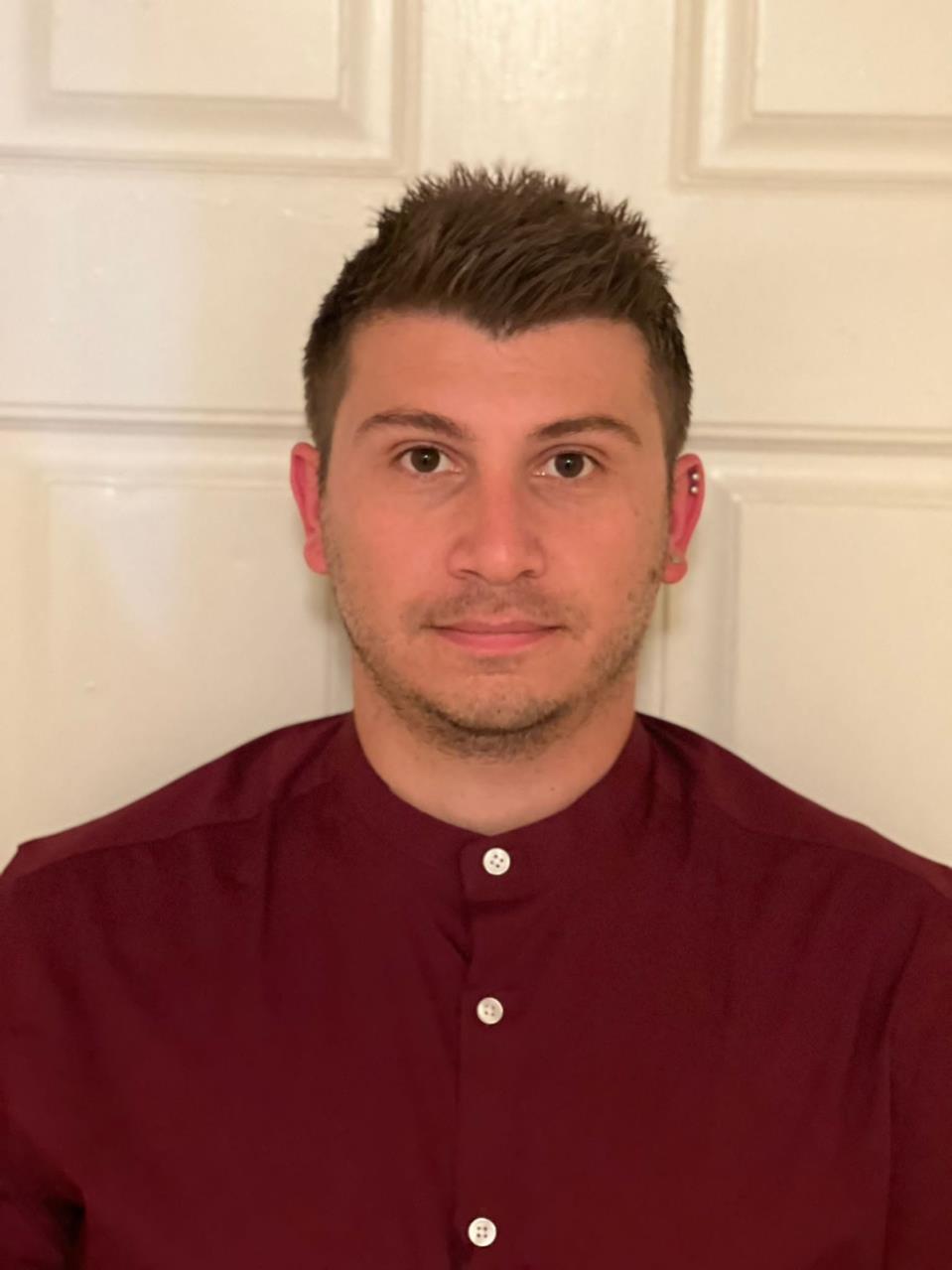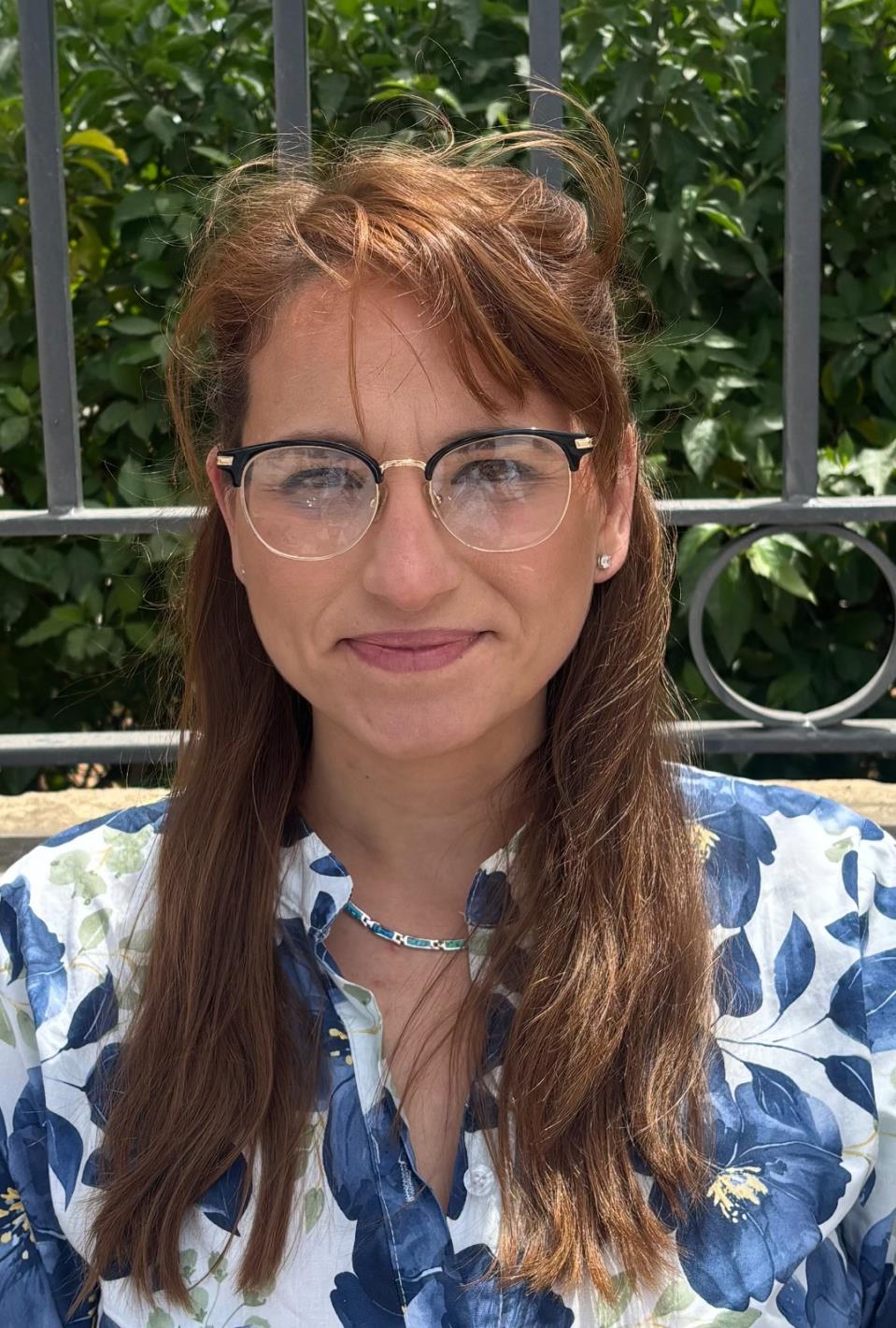Through two ongoing research projects with the University of Malta, the non-governmental organisation Beating Hearts Malta (BHM) is looking to make huge strides for cancer patients' quality of life and in detecting heart disease in people still unaware of their condition.
Beating Hearts is financing €30,000 per research project through a collaborative partnership with the University of Malta's Research, Innovation and Development Trust (RIDT).
One research project looks to reduce the effects of cardiotoxicity in cancer patients undergoing courses of chemotherapy, through a novel approach.
The other project aims to make use of modern Smartwatches' popularity and capabilities to develop a software that goes a step further than typical assessment of remote single-lead electrocardiograms (ECGs) already found on these devices. While Smartwatches are already well-known to be able to read a wearer's basic health parameters, such as their heart rate, this software aims to use artificial intelligence to notify users if an irregularity has been detected, and when, so that they may visit a cardiologist for a consultation.
This newsroom looked into what these ambitious research projects aim to accomplish, how, and what future implications may arise should they be successful.
The details of Beating Hearts were extracted from an interview with one of the foundation's co-founders, Katrina Aquilina, and its present chairperson, Dr Maryanne Caruana, who is a consultant cardiologist by profession. The aspects of the two distinct research projects were shared by their respective researchers: Dr Vanessa Petroni Magri on reducing chemotherapy's adverse effects onto the heart, and Dr Kenneth Scerri and Dr Liam Butler on using Smartwatches to preventatively detect early signs of cardiovascular disease.

Kenneth Scerri
What is Beating Hearts?
Beating Hearts Malta is an independent non-profit foundation that was primarily founded to assist parents with children who were born with congenital heart defects, that is, structural abnormalities in the heart that have been present from birth.
Around 1% of the global population is born with structural abnormalities in their heart or roughly between eight to 10 births per thousand globally.
It was founded in 2011 after Aquilina's son was born with a severe heart condition and she was approached by his doctor, Prof. Victor Grech, to open the foundation to support other similar cases.
Over its 14 years' of existence, Beating Hearts has dedicated itself to supporting people with congenital heart problems through a range of initiatives. Aquilina said she'd be thrilled if the NGO had to keep moving along in this direction in the future.
Aside from their research support, the NGO has also assisted families of persons travelling for cardiac intervention with their travel support scheme, has part-financed machinery for cardiac laboratories, installed automated extended defibrillators (AEDs) in busy public locations and supports students with bursaries to specialise in cardiac care, including in foetal echocardiography.

Liam Butler
Using mini-organs to eliminate cardiotoxicity from chemotherapy
Vanessa Petroni Magri - a resident academic from the University of Malta's Department of Clinical Pharmacology & Therapeutics - is looking into a novel kind of therapy which she and her team are exploring to help cancer patients by treating their disease while eliminating - or at least minimising - cardiotoxic side effects.
She described that presently, there exist certain chemotherapeutic agents that are "extremely effective" in targeting oncology, however, they may come with side effects such as cardiotoxicity. She explained that cardiotoxicity depreciates the quality of life of whoever suffers from it.
Petroni Magri told this newsroom that this research project aims to develop a novel triple therapy approach that targets one's oncology, in which three drugs are consumed at lower doses, instead of one.
The rationale here is that instead of using a high dosage of any single drug, a 3-in-1 approach, featuring lower doses of all three drugs, could achieve "a more efficacious response" while reducing their respective side effects.
Of the three drugs, one is a small-molecule drug that targets the proteins within a cell that are causing the cancer to inhibit it. The other two are known as gene therapies; these drugs target the genes that code the proteins into producing the concerned oncology and destroy this coding to stop the protein production.
Her team has been investigating this triple combinatory approach for the past decade. They have looked into this with respect to several solid tumours, particularly lung cancer, and have achieved positive results so far, which is why they are now investigating the potential side effects.
"If we prove that this novel triple therapy is successful against certain solid tumours and free of cardiotoxic effects, it could have significant implications for oncology," she said.
The team aims to first test this treatment approach onto human cells placed next to each other (2-D cultures), before then extrapolating these findings onto "mini-organs in a tube" (3-D cell cultures).
As part of this research, the researchers have already succeeded in building mini-lungs with lung tissue; she referred to these mini-lungs as a "good replica of what one expects to find in the body". She added that a good chunk of this project consists of establishing a mini-heart organ, which requires much time for optimisation.
Currently, her team is optimising the concentrations of the triple therapy on lung cancer using the mini-organs, through a project funded by Xjenza Malta. Once optimised, the drug concentrations will be tried out on the mini-heart organs to see whether cardiotoxicity develops or not in this enclosed system. If cardiotoxicity is detected, then they will do some fine-tuning.
It is hoped that using mini-organs produced in their laboratories for testing limits experimentation done on animals at a later stage. They will have to test in vivo, that is, on living organisms, after first accomplishing in vitro and ex vivo (mini-organs) testing.
Once researchers obtain a solid idea of the results from their mini-organs in a tube, they will test for cardiotoxicity in zebrafish, Petroni Magri described. She said that zebrafish have a very close genetic make-up to humans, making them ideal test subjects. This will be done with the guidance of Prof. Melissa Formosa.
Petroni Magri said that presently, they are still very far off from treating patients, though that is the dream.

Maryanne Caruana
Using explainable AI to identify heart disease risk and show ECG irregularity
Dr Scerri and Dr Butler are in charge of the second research project. They wish to make use of explainable AI and modern Smartwatches' technical capabilities to develop a software that does not just detect an irregularity in one's cardiac parameters, but uses this data to predict if a person is at risk of cardiovascular disease before it arises.
The novel part of this project - entitled Caired - is using AI to not only notify a user on a detected irregularity in their ECG readings, but in extracting the ECG snippet that caught its attention so that a medical professional may check it out themselves.
"We're not just putting data in and getting the results, we're seeing what's happening," Dr Butler explained.
This is an especially notable project for people living with diabetes in Malta, the academics shared, since people with diabetes (knowingly or unknowingly) "might have more of an underlying risk of cardiovascular disease which they may not know about".
"Diabetes, if gone untreated, in most cases, will lead to cardiac issues," Dr Scerri said.
The research project is presently directed towards people with diabetes. They are hoping to broaden the cohort to the general population later on, with more mature generations of the project.
The two academics from the University of Malta's Faculty of Engineering stated that today's Smartwatches have limited yet solid capabilities of measuring single-lead ECGs, that is, ECGs from a single point - the wrist.
When an ECG is carried out in hospital, typically in an admittance or emergency case, wires are hooked onto a person at different points for accuracy's sake, collecting 12 different views of the heart (12-lead signal). These 12-lead ECGs are often done in hospitals when a cardiac problem arises, based on their symptoms, to help underline a diagnosis. Hence, it is uncommon in practice for ECGs to be ordered beforehand, especially during check-ups or for preventative measures.
The shape of an ECG can indicate different conditions. These are decipherable by trained professionals, who may use them to decide on a patient's treatment. Hospital grade ECGs are smooth curves, meanwhile, single-lead ECGs produce "noisier" results.
The researchers are aiming to use Smartwatch ECGs, which can be taken around the clock as long as the watch is being worn, and, by using AI, predict one's risk of cardiovascular disease based on this data. Hence, this preventative approach is aimed to reduce clinical and societal burden.
Dr Butler described that the baseline of this project is to try and get these single ECGs to be as good as the clinical grade ECGs through the use of AI models. This data is planned to be processed by a person's connected smartphone, which is a much more powerful device than modern Smartwatches. It is also intended for none of this data to be uploaded to the cloud and remain on the person's phone to ensure that they have full control over their data.
Cardiovascular disease is a major cause of death worldwide, claiming the lives of 18 million people per year, the researchers shared. Around half (49%) of deaths in Europe and 30% in Malta are thought to derive from some form of cardiovascular disease. The rate of diabetes is increasing in Malta, affecting around 10% of the population.
BHM's funding will mostly fund a student who will be doing their Master's degree while running this project.
Within the first year, they hope to achieve initial results from a single ECG. They will then look for further funding to see how to transition onto Smartwatches and smartphones, before planning a commercialisation pathway.
They hope for it to go public in the next three to four years.

Vanessa Petroni Magri
Beating Hearts is always accepting donations
Individuals or parties looking to support the aims and ambitions of Beating Hearts Malta may do so by donating to the foundation. Donations can be sent directly through https://beatingheartsmalta.org/donate/
Aside from sustained donations, one of BHM's co-founders, Prof. Victor Grech, was described as the foundation's "main drive" in coming with new ideas to collect funds. Over the years, Prof. Grech has sold many paintings and is responsible for the continued sale of a handful of books that continue to fund Beating Hearts today.